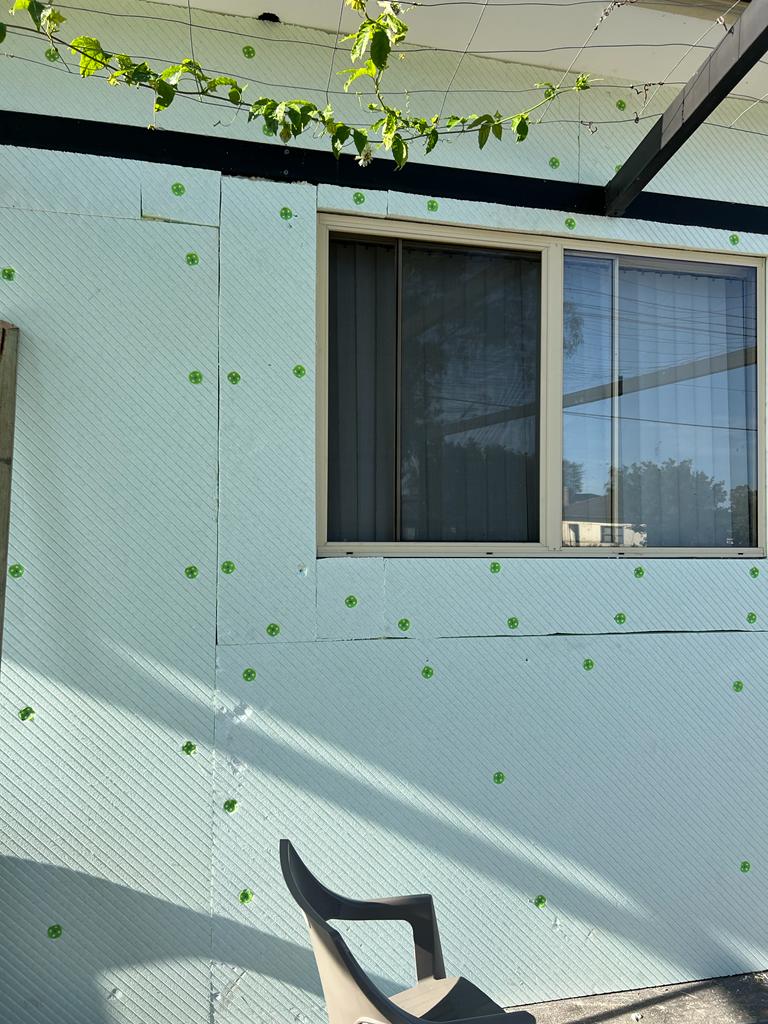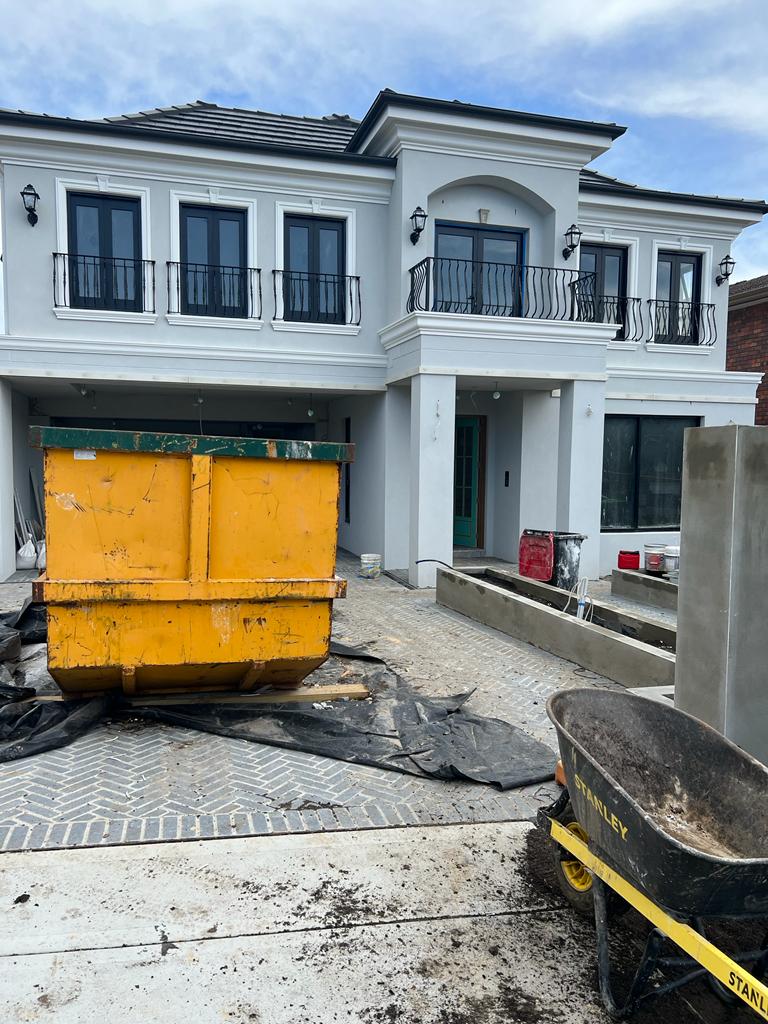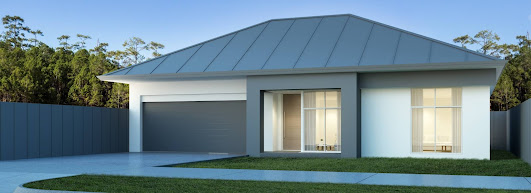How to Beautify Your Home by Professional Service?
Plastering
rendering is a construction technique used to finish and protect the surfaces
of walls and ceilings. It involves the application of various materials, known
as renders or plasters, onto the substrate to create a smooth, textured, or
decorative finish. The primary purpose of plastering rendering is to provide a
durable, even, and aesthetically pleasing surface that enhances the appearance
of a building's interior or exterior. You can also with foam rendering Sydney if required.
Types of plastering rendering services
Plastering
and rendering are both techniques used to finish and protect the surfaces of
walls and ceilings. They involve the application of
various materials to achieve different results. Here are the main types of
plastering and rendering:
Traditional Sand and Cement Rendering:
This is the most common type of rendering, where a mixture of sand, cement, and
water is applied to the wall's surface. It provides a smooth and durable finish
and can be used on both internal and external walls.
Lime Rendering: Lime rendering is a
traditional method that uses lime as the binder instead of cement. It is
commonly used on older buildings and historical properties due to its
breathability and flexibility, which helps to prevent moisture-related issues.
Acrylic Rendering:
Acrylic rendering involves the use of acrylic polymers mixed with sand and
cement. It provides a water-resistant and flexible finish, making it suitable
for external walls that may be subject to movement or expansion.
Polymer Rendering:
Polymer rendering uses polymer-based materials that offer enhanced adhesion and
flexibility. It is often used as a base coat before applying other finishes,
such as acrylic or texture coatings.
Textured Rendering:
Textured rendering is achieved by adding texture to the surface during the
rendering process. It can be done using various tools or by mixing aggregates
into the rendering mix to create a textured appearance.
Colored Rendering:
Colored rendering involves adding pigments or dyes to the rendering mix,
eliminating the need for painting the surface afterward. It allows for a wide
range of color options and is commonly used for decorative finishes.
Pebble Dash Rendering:
Pebble dash is a type of rendering that includes small pebbles or aggregates
thrown onto the wet rendering surface. It creates a textured and decorative
finish commonly seen on exterior walls.
Roughcast Rendering:
Roughcast rendering is similar to pebble dash but uses larger aggregates like
gravel mixed into the render. It provides a rough and natural-looking finish
that adds texture and character to the surface.
Venetian Plastering:
Venetian plastering is a decorative plastering technique that involves applying
multiple layers of fine plaster with a trowel to create a polished and
marble-like finish. It is commonly used for interior feature walls and
ceilings.
Skimming: Skimming is a type of
plastering used to create a smooth and even surface on walls or ceilings. It
involves applying a thin layer of finishing plaster over existing plaster or
plasterboard.
The
choice of plastering rendering Sydney
type depends on factors such as the purpose of the surface, the desired
aesthetics, the location (internal or external), and the specific properties of
the building or structure. Different techniques and materials may be used in
combination to achieve the desired results.




Comments
Post a Comment